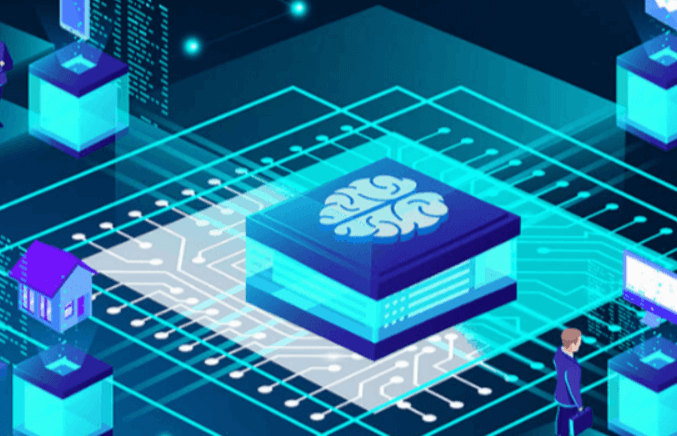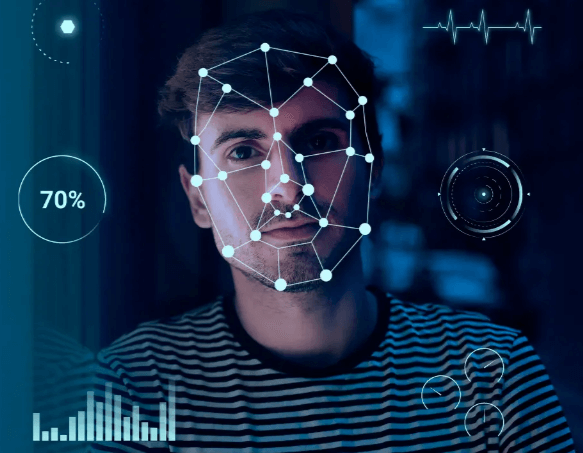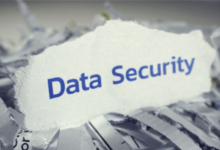What are the implications of deepfake technology on information authenticity and media trust?

Introduction
Deepfake technology, which uses artificial intelligence to create hyper-realistic videos and audio, has become a growing concern in recent years. Its ability to manipulate and fabricate content raises significant questions about the authenticity of information and the trustworthiness of media. This article delves into the various implications of deepfake technology on information authenticity and media trust, exploring its effects on society, politics, personal identity, and more.
Understanding Deepfake Technology
Deepfake technology leverages machine learning and artificial intelligence to produce realistic videos and audio that appear to be genuine. By training algorithms on large datasets of images, videos, and sounds, deepfakes can seamlessly replace one person’s likeness with another’s, creating content that is difficult to distinguish from the real thing.
Historical Context of Deepfake Technology
The concept of manipulating images and videos is not new. Early examples include photoshopping and CGI in films. However, the advent of deepfake technology has significantly advanced these capabilities, making it easier and faster to create highly convincing fake content.
How Deepfakes Are Created
Creating a deepfake involves several steps: collecting data, training algorithms, generating the fake content, and refining it to ensure realism. Tools like GANs (Generative Adversarial Networks) play a crucial role in this process, enhancing the quality of the fakes.
Impact on Information Authenticity
Deepfakes pose a significant threat to information authenticity. They can spread false information rapidly, making it difficult for people to discern what is real and what is fake. This undermines the credibility of legitimate information sources.
Erosion of Media Trust
As deepfakes become more prevalent, public trust in media decreases. People may become skeptical of all video and audio content, questioning its veracity and the intentions behind it. This skepticism can lead to a general mistrust in media organizations and their reporting.
Political Implications
In the political arena, deepfakes can be used to create fake speeches or actions by politicians, potentially influencing elections and public opinion. The potential for misinformation and manipulation is vast, posing a threat to democratic processes.
Social and Cultural Impact
Deepfakes can also have a profound impact on society and culture. They can be used to create fake celebrity endorsements, alter historical events, or even fabricate personal interactions, affecting public perception and cultural narratives.
Ethical Considerations
The ethical implications of deepfake technology are vast. Questions arise about the morality of creating and distributing fake content, the potential harm to individuals and society, and the responsibilities of those who develop and use these technologies.
Legal Challenges
Legal systems worldwide are grappling with how to address the issues posed by deepfakes. Existing laws may not be adequate to handle the nuances of deepfake technology, leading to calls for new regulations and policies.
Technological Countermeasures
To combat the rise of deepfakes, various technological countermeasures are being developed. These include deepfake detection tools, blockchain for content verification, and AI algorithms designed to identify manipulated media.
Role of Social Media Platforms
Social media platforms play a crucial role in the dissemination of deepfakes. They are tasked with detecting and removing fake content, educating users about the risks, and implementing policies to mitigate the spread of misinformation.
Public Awareness and Education
Raising public awareness about deepfakes is essential. Education campaigns can help individuals understand the technology, recognize deepfakes, and critically evaluate the content they consume.
Personal Identity and Privacy Concerns
Deepfakes can significantly impact personal identity and privacy. They can be used to create compromising or defamatory content, leading to potential harm and distress for individuals.
Psychological Effects
The psychological impact of deepfakes on individuals can be severe. Victims of deepfake content may experience stress, anxiety, and damage to their reputation and relationships.
Deepfakes in Entertainment and Art
While deepfakes pose significant risks, they also have applications in entertainment and art. Filmmakers and artists use deepfake technology to create innovative and immersive experiences, pushing the boundaries of creative expression.
Future Trends in Deepfake Technology
The future of deepfake technology is likely to see continued advancements, making fakes even more realistic and harder to detect. Staying ahead of these developments will be crucial for mitigating their negative impacts.
Regulatory and Policy Responses
Governments and organizations are beginning to respond to the challenges posed by deepfakes. Regulatory frameworks and policies are being developed to address the creation, distribution, and use of deepfake content.

Deepfakes and Cybersecurity
Deepfakes also pose cybersecurity risks. They can be used in phishing attacks, social engineering schemes, and other malicious activities, highlighting the need for robust cybersecurity measures.
Economic Impact
The economic implications of deepfakes are significant. They can affect markets, businesses, and individual livelihoods, particularly if fake content is used to manipulate stock prices or damage corporate reputations.
Deepfake Detection Technologies
The development of deepfake detection technologies is a key area of research. These tools aim to identify manipulated content and authenticate genuine media, helping to preserve information authenticity and media trust.
Collaboration Across Sectors
Addressing the challenges of deepfakes requires collaboration across various sectors, including technology, government, media, and academia. Working together, these stakeholders can develop comprehensive strategies to mitigate the impact of deepfakes.
Case Studies of Deepfake Misuse
Examining case studies of deepfake misuse provides valuable insights into the potential risks and consequences of this technology. These examples highlight the importance of proactive measures to prevent harm.
Positive Applications of Deepfake Technology
Despite the risks, deepfake technology has positive applications. It can be used for educational purposes, historical recreations, and enhancing accessibility for people with disabilities.
Balancing Innovation and Regulation
Finding a balance between encouraging innovation and implementing regulation is crucial. Ensuring that deepfake technology is used ethically and responsibly while fostering technological progress is a key challenge.
Conclusion
Deepfake technology presents significant implications for information authenticity and media trust. While it offers innovative possibilities, its potential for misuse cannot be ignored. Addressing the challenges posed by deepfakes requires a multifaceted approach, including technological solutions, regulatory measures, public awareness, and collaboration across sectors. By understanding and mitigating the risks, society can better navigate the complex landscape of deepfake technology.
FAQs
How do deepfakes impact political processes? Deepfakes can influence elections and public opinion by creating false representations of politicians, thereby manipulating voter perceptions and potentially altering the outcomes of political events.
Can deepfakes be detected? Yes, there are technologies and tools being developed to detect deepfakes, but as the technology improves, detection becomes more challenging. Ongoing research aims to enhance detection capabilities.
What are the legal consequences of creating and distributing deepfakes? Legal consequences vary by jurisdiction, but creating and distributing deepfakes can lead to charges related to fraud, defamation, and other crimes. New laws are being proposed to specifically address deepfakes.
How can individuals protect themselves from deepfake attacks? Individuals can protect themselves by being cautious about the information they share online, using privacy settings, and staying informed about the latest developments in deepfake technology and detection methods.
What role do social media platforms play in combating deepfakes? Social media platforms are crucial in detecting, removing, and preventing the spread of deepfakes. They implement policies, use detection technologies, and educate users about the risks associated with deepfakes.
Are there any positive uses of deepfake technology? Yes, deepfake technology has positive applications, such as in entertainment, education, and accessibility. For example, it can be used to create realistic simulations for training purposes or to help people with disabilities communicate more effectively.
Conclusion
Deepfake technology presents significant implications for information authenticity and media trust. While it offers innovative possibilities, its potential for misuse cannot be ignored. Addressing the challenges posed by deepfakes requires a multifaceted approach, including technological solutions, regulatory measures, public awareness, and collaboration across sectors. By understanding and mitigating the risks, society can better navigate the complex landscape of deepfake technology.





